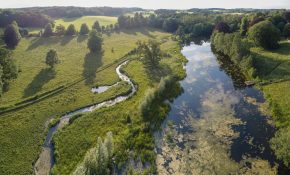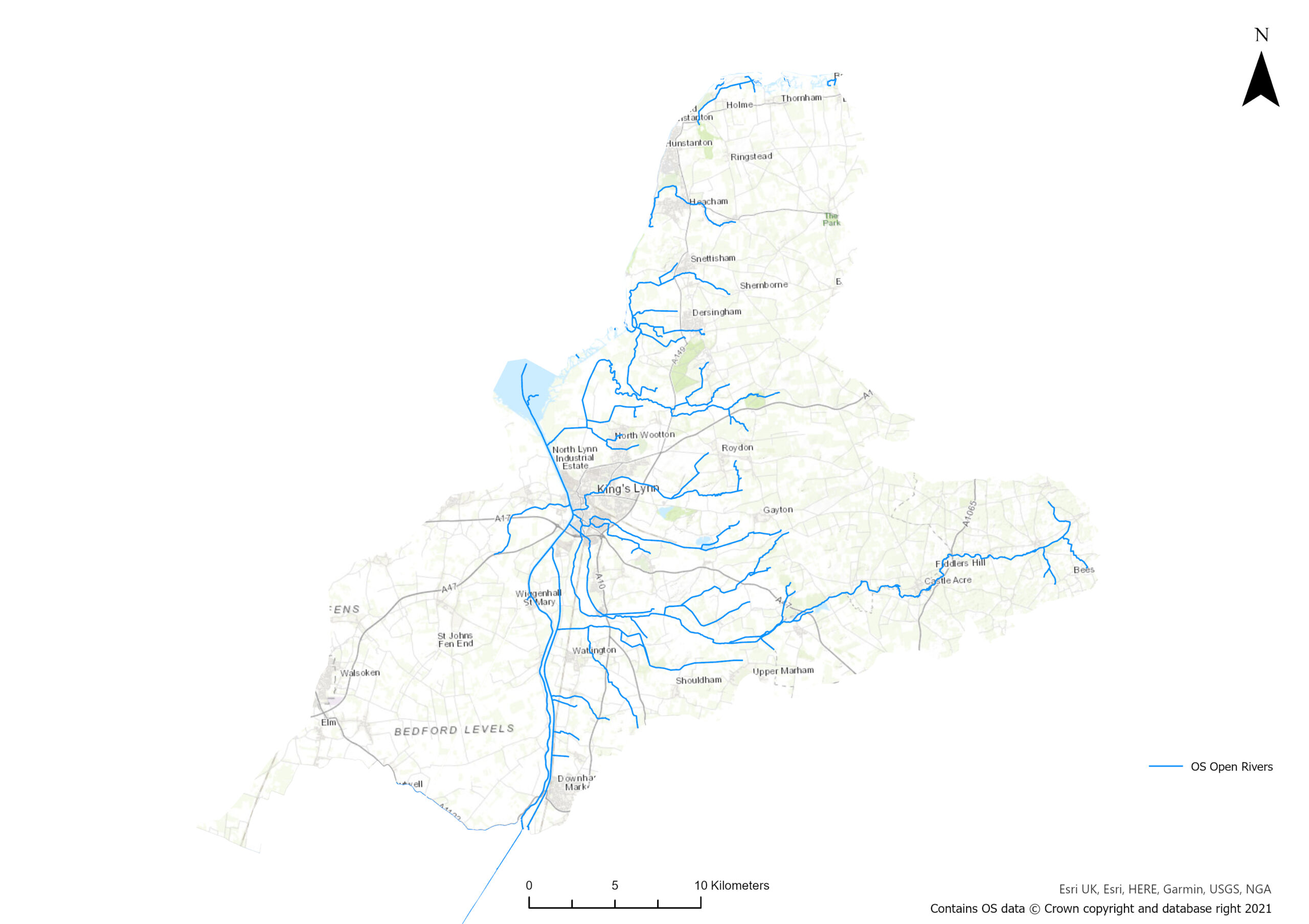North West Norfolk Catchment Partnership
About
As part of the national Catchment Based Approach (CaBA) movement, the North West Norfolk Catchment Partnership (NWNCP) brings together communities, organisations and businesses at a river catchment scale with a shared common goal of protecting and enhancing our water environment.
Click on the map below to enlarge and zoom in.
Partners
Partners of the NWNCP include:
Vision and opportunities
Our vision is to have natural, healthy aquatic landscapes with thriving wildlife, while supporting local industry and agriculture. We envisage more access to the public for well-being and recreation.
As a group, we have identified the top 3 current challenges facing our river catchment:
- Physical modification of river channels – negatively impacting the flow regime, wildlife and groundwater recharge.
- Pollution from rural areas – including run-off from agricultural land and road verge damage.
- Pollution from towns, cities and transport – including industrial waste, wastewater and litter.
These challenges are a priority for action.

Ingoldisthorpe Integrated Constructed Wetland © Joseph Gray WWF-UK
Action
The NWNCP has undertaken a number of projects to address the aforementioned challenges. Highlights include:
- Gravel riffle restoration at Castle Acre – river Nar
- Creation of a new sinuous channel at Mileham Common – river Nar
- Restoration of river and bank habitat at Norfolk Lavendar – Heacham stream
- Weir removal and adaptation to improve fish migration – upper Babingley
- River restoration using woody debris at West Acre – river Nar
- River restoration using woody debris and brash bundles at Snettisham – river Ingol
- River reconnection at Emmanuel’s Common – river Nar
- Re-naturalisation of the river and banks at Pentney – river Nar
- Integrated Constructed Wetland creation to improve water quality, plus river restoration – river Ingol
- Improving flow and riverbanks – river Gaywood
Other education and engagement highlights include:
Forward look
The NWNCP has identified the following top challenges facing the catchment from 2020 to 2050:
- Changes to natural flow and water levels
- Pollution from wastewater
- Pollution from towns, cities, and transport
Work is currently taking place on the river Hun to establish new areas of wet habitat in the form of scrapes and pools to ‘slow the flow’ of water and encourage groundwater recharge, while providing more diverse freshwater habitat for wildlife.










